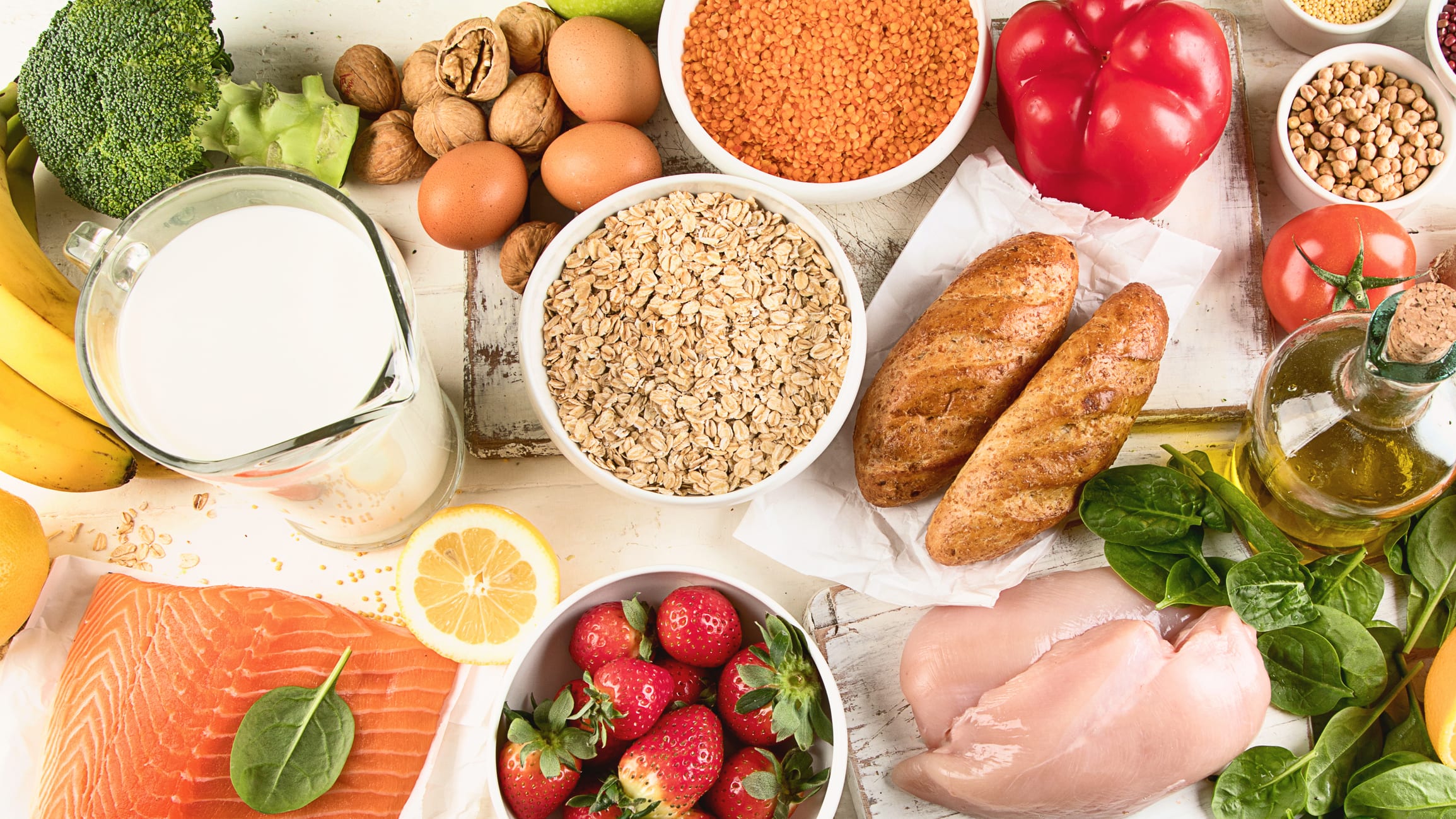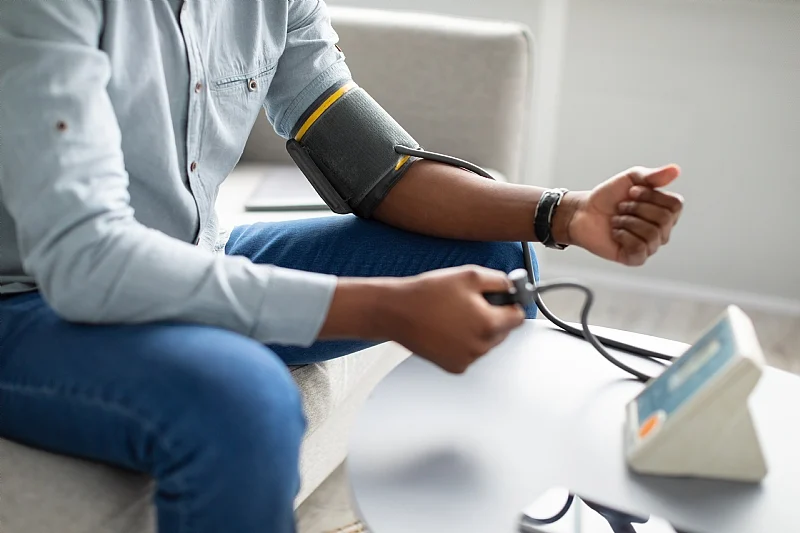Before we dive into insulin resistance, let us ensure you understand insulin’s actions and where it’s produced. The pancreas produces insulin, and the pancreas is a long, narrow organ that lies behind the stomach in the left upper quadrant of our abdomen. There are four pancreatic endocrine cell types, known as islet cells: beta, alpha,…...





